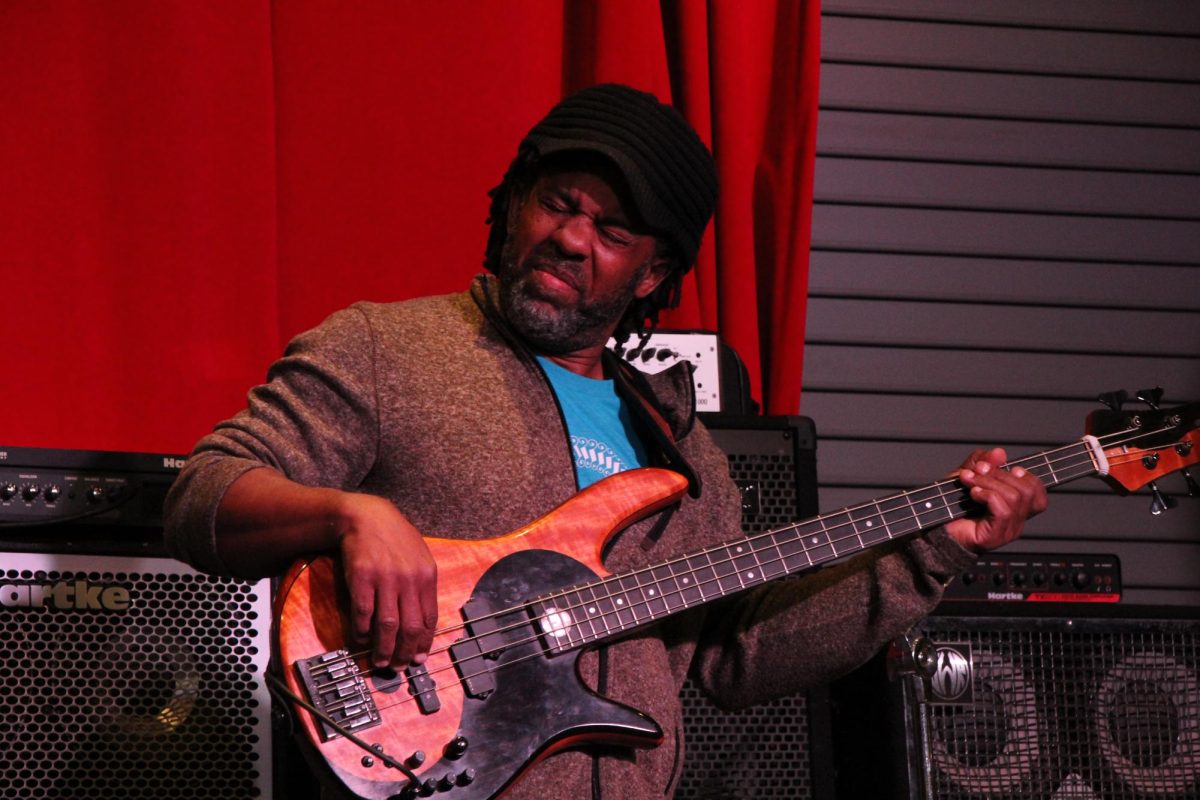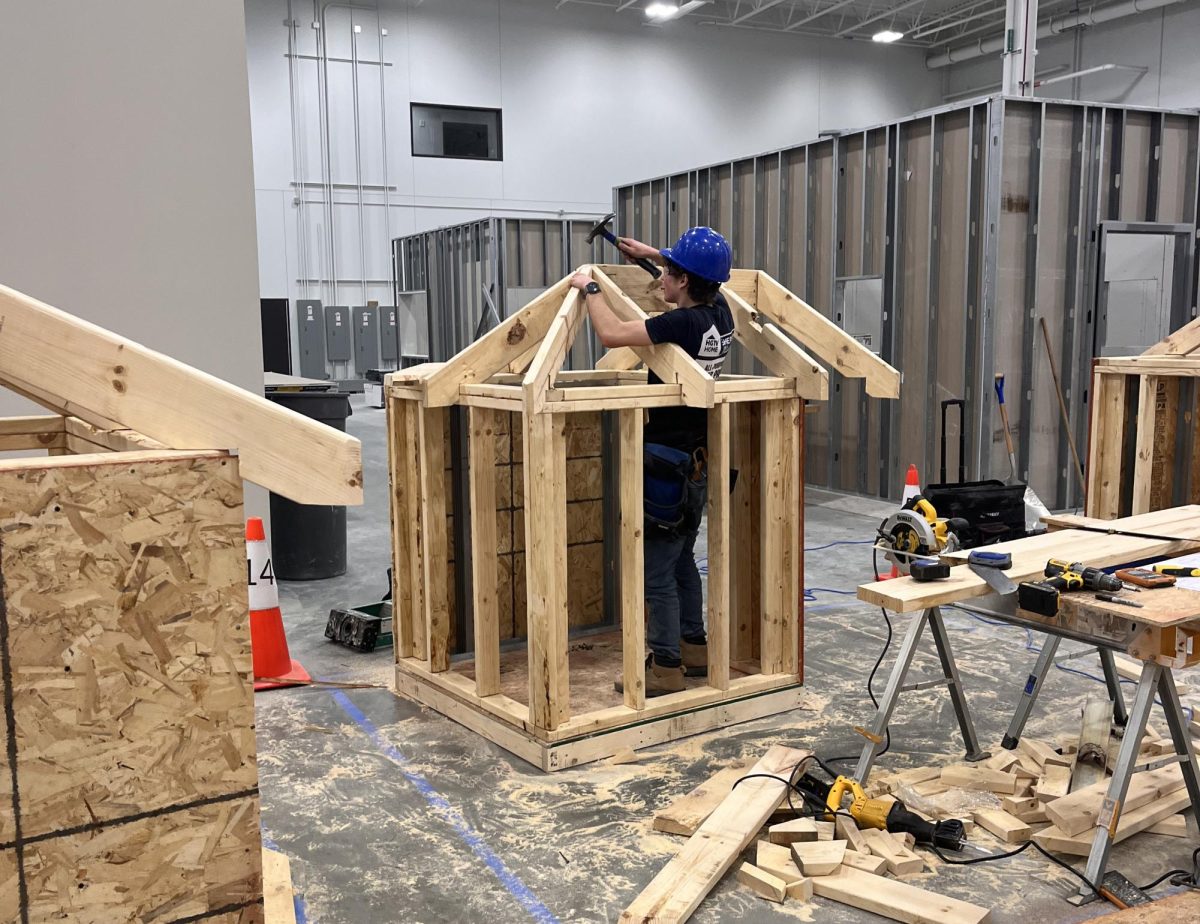
“TANGENT CHOP!” The sound of these words echo in the Neutral Zone art room as Pioneer junior Cassidy Fowler tries to retain order at a Neutral Zone Visual Arts Council meeting. VAC is a teen-run art council at the Neutral Zone that meets every Wednesday at 4:00 pm. It is a place for teens of all artistic ability to openly express themselves through art.
VAC gives students the opportunity to be responsible for putting together art exhibitions, help other VAC members with their art through critiques and display their art in museums.
“[VAC] has given me a chance to showcase my art through the art shows and made me want to continue to pursue my passion for visual, performance [and] literary arts,” said Fowler. Fowler believes that VAC will help her with future planning in her own life, and help her build confidence in her own art.
It has been difficult to organize members and hold their attention, since VAC has grown exponentially. “[This year] we decided to grow up a little and work harder on paying attention,” said Fowler. Thanks to the meetings, VAC has now established a new system in which the group is led by co-facilitators. The co-facilitators, who are interchanged every so often, make sure that everything on the agenda is accomplished and everyone stays on track.
VAC’s newest art show, which is on November 19, is titled Dreams: A Stumble into Your Subconscious.
“The show will have all kinds of artistic media focusing on dreams,” said Trevor Stone, head of the Neutral Zone’s art department, “[ideas like] surrealism, dreamlike states, hidden thoughts, fantasy worlds, etc.” Stone added that their shows are usually large, so recruiters from Michigan, Illinois, and Ohio art colleges will be present to review student artwork.
According to Stone, the finished products of these art shows are amazing, but it takes a ton of work to get them that way. “It’s a complex process with many components,” said Stone. “If I had to condense [everything that needs to be done] into chapters, [they] would be theme design, promotion techniques, space design, curating, lighting, booking performances, hosting etiquette and cooperative collaboration.”
Along with putting on shows, students go on field trips and have professional artists come in and teach techniques to better student art. “[By being in VAC] I get the experience of working with other [artists] and leadership opportunities,” said Maia Akiva, a senior at Greenhills High School and VAC member. “VAC makes me more inspired to create my own work.”
When first joining VAC, Akiva expected it to be a group of like-minded, artistic people, “and it is,” she said, but she also wishes VAC would do more to create a different variety of students in the group. “I believe like there should be more diversity. I mean most of the people in the group are from either Community High School or Greenhills; more diversity of schools would be really good.”
Even though VAC has had its problems with organizing a large group of people, Stone thinks that VAC’s growing size is a good thing. “VAC has changed in size, not in spirit,” said Stone. “We started at three teens and now we average around 16 [teens] per meeting. We can accomplish projects at a whole new scale if VAC really puts its back into it.”










